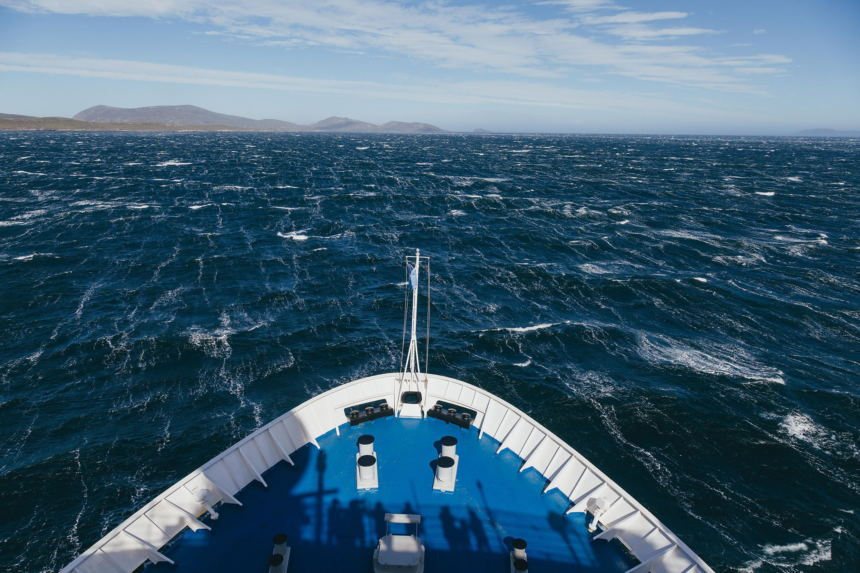The Drake Passage : Discover the mysteries of The Drake Passage in the Southern Ocean and its connection to Antarctica. Uncover the unique features and importance of this maritime route.
The Drake Passage : Introduction
The Drake Passage : The Drake Passage, a formidable waterway spanning 600 miles (1,000 km) in width, holds a significant place in the geographical and historical tapestry of South America. This deep passage connects the Atlantic and Pacific oceans, situated between Cape Horn, the southernmost point of South America, and the South Shetland Islands, positioned approximately 100 miles (160 km) north of the Antarctic Peninsula.
ALSO READ : Why Does Salt Melt Ice : A Deep Dive Into Freezing Point Depression

Historical significance
Named after the renowned English seaman Sir Francis Drake, the passage gained historical prominence when it was first traversed in 1616 by a Flemish expedition led by Willem Schouten. However, it truly came into focus during the 19th and early 20th centuries, playing a vital role in global trade routes before the inauguration of the Panama Canal in 1914.
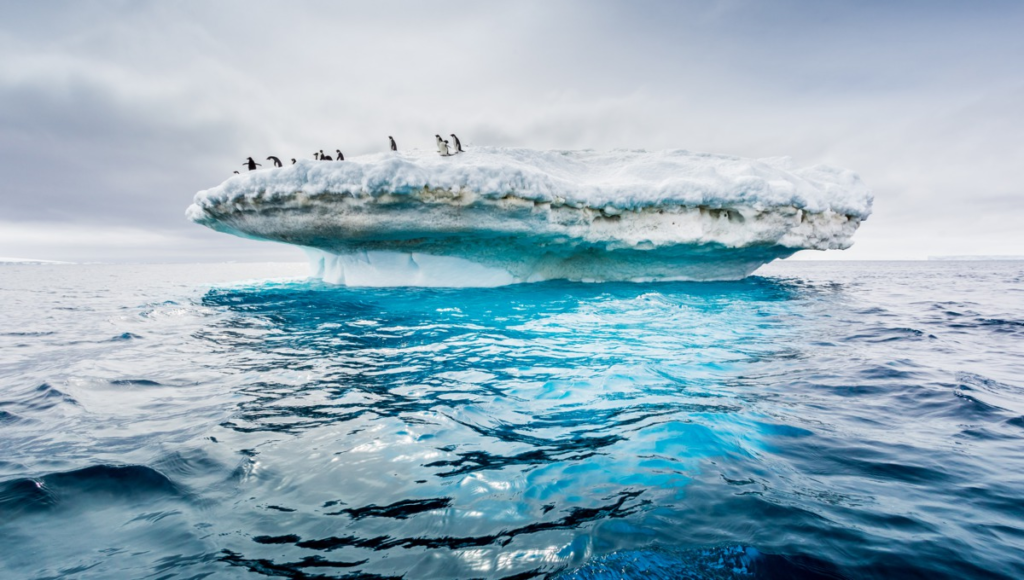
Navigational challenges
Navigating through the Drake Passage was no small feat for ships of the past. The stormy seas and icy conditions posed a rigorous test, especially for the sailing vessels of the era. The opening of the Panama Canal marked a shift in maritime routes, but the Drake Passage’s legacy endures as a testament to the challenges faced by intrepid sailors.
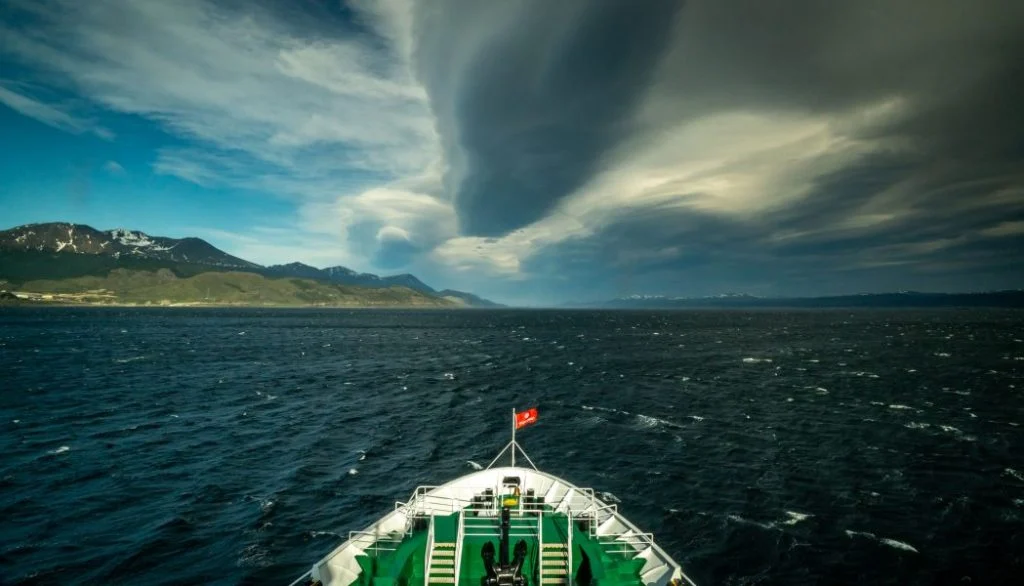
Geographical features
The Drake Passage boasts an average depth of about 11,000 feet (3,400 meters), with deeper regions reaching up to 15,600 feet (4,800 meters) near its northern and southern boundaries. The seafloor sediments vary from sandy to clayey silts, reflecting a provenance from both South America and Antarctica. The passage’s geological composition is a captivating blend of materials dropped by icebergs and planktonic substances sedimented from the water column.
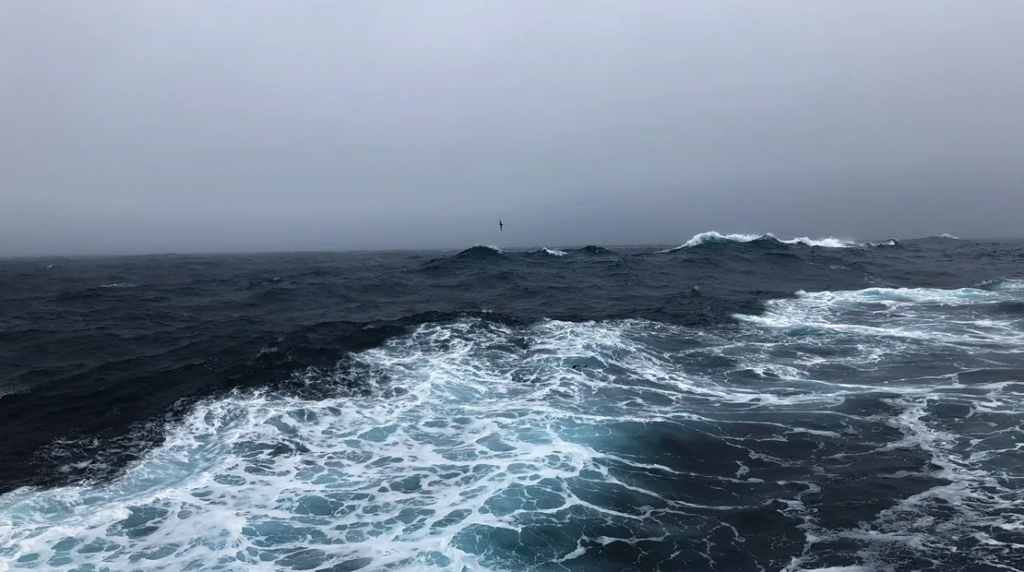
Climate and weather patterns
The winds over the Drake Passage predominantly blow from the west, with the most intense conditions around Cape Horn. Cyclones, atmospheric low-pressure systems, formed in the Pacific, sweep across the passage from west to east. The mean annual air temperature ranges from 41 °F (5 °C) in the north to 27 °F (−3 °C) in the south, creating a zone of climatic transition between Tierra del Fuego and Antarctica.
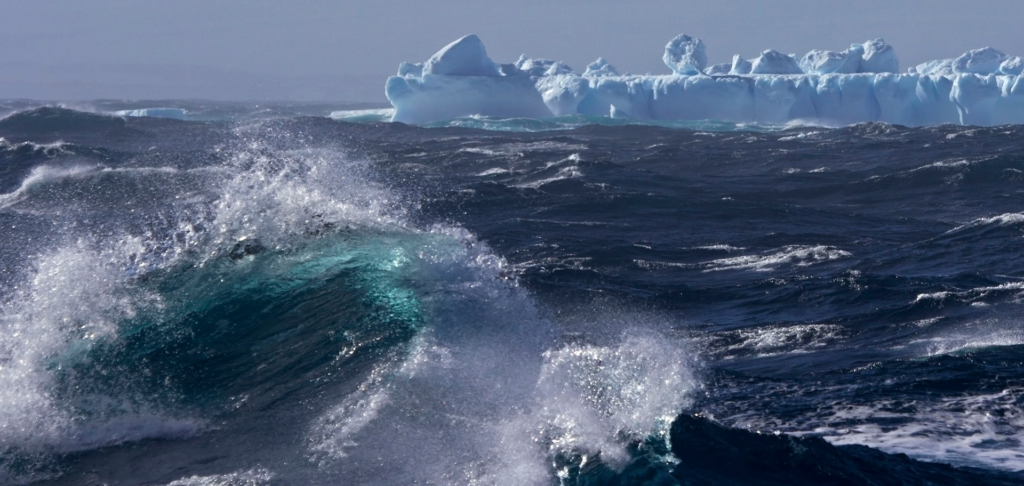
Temperature and ice dynamics
Surface water temperatures exhibit a stark contrast, ranging from 43 °F (6 °C) in the north to 30 °F (−1 °C) in the south. This temperature shift occurs sharply around latitude 60° S—the zone of the Antarctic Convergence. The seasonal variability of sea ice cover is notable, with the late summer (February) rendering the passage ice-free, while September sees a maximum ice cover extending to 60° S.
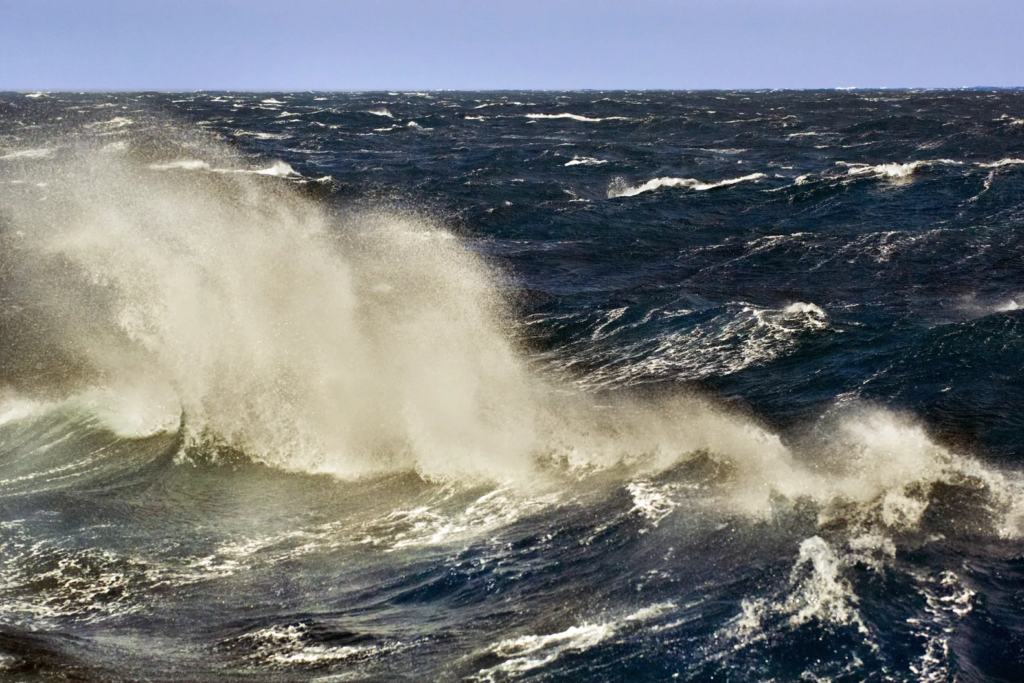
Ocean currents and biodiversity
Water within the Drake Passage flows predominantly from west to east, forming a crucial part of the Antarctic Circumpolar Current, the world’s most voluminous current. With an estimated rate of flow between 3,400 and 5,300 million cubic feet (95 and 150 million cubic meters) per second, the Antarctic Circumpolar Current is accelerated by the physical constriction of the passage, particularly at 60° S.
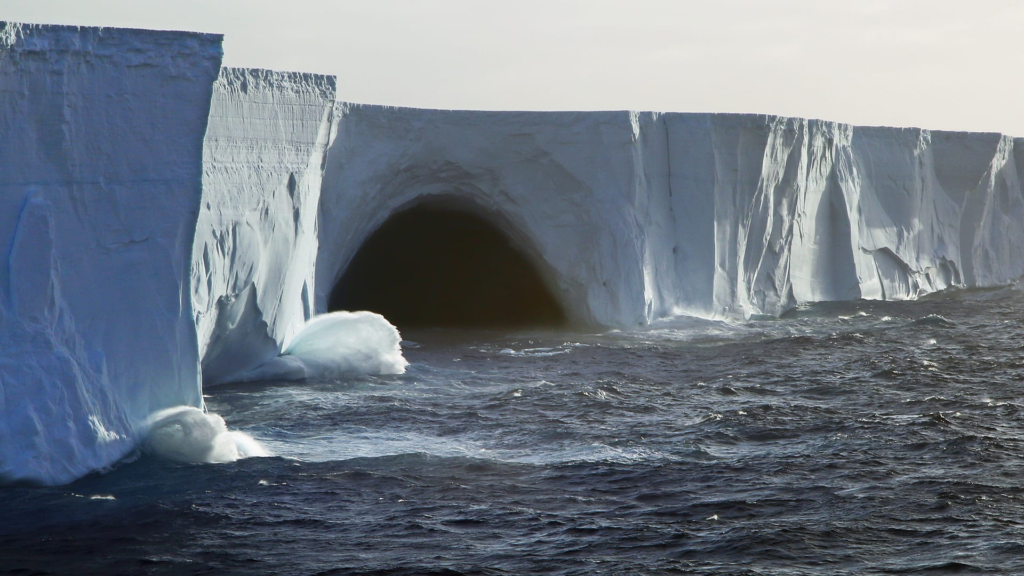
Exiting the passage, most water continues to flow east or northeast, but a branch known as the Falklands Current turns north into the South Atlantic. The rich biodiversity of the Drake Passage includes plankton, particularly krill, serving as the essential food source for blue and fin whales, squid, emperor penguins, and crabeater seals. Antarctic cods, the most common fish, and the unique “bloodless” cold-water Chaenichthyidae (icefish) add to the ecological richness of these waters.
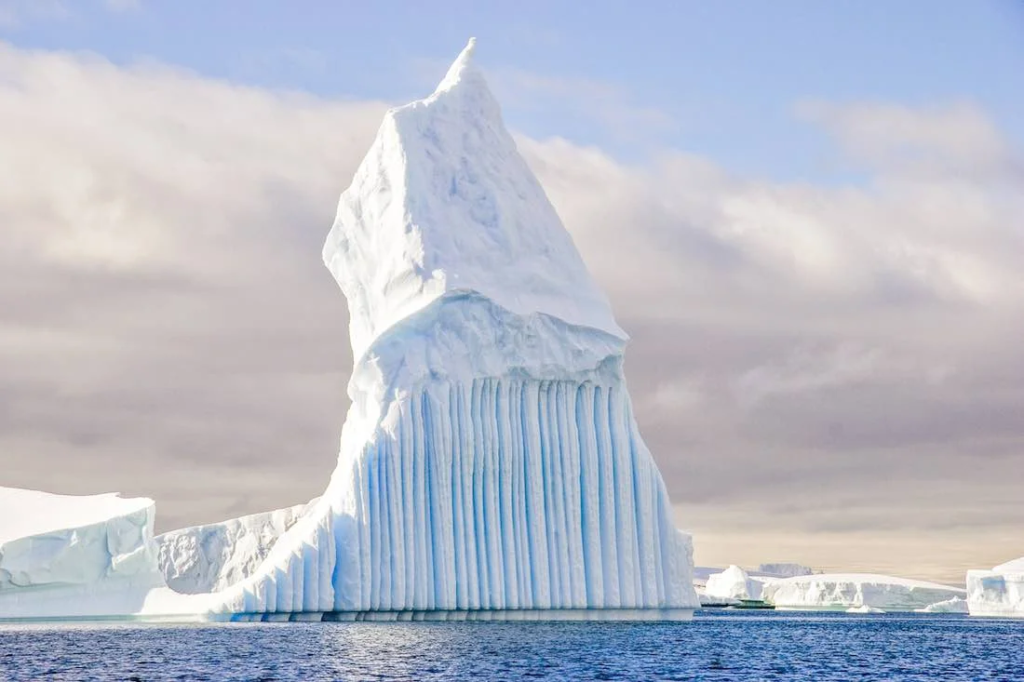
Conclusion
In conclusion, the Drake Passage stands as a captivating intersection of geographical, historical, and ecological elements. Its role in shaping maritime history, the challenges it posed to seafarers, and the diverse ecosystems it supports make it a subject of immense interest. As we delve into the depths of this extraordinary waterway, we uncover a tapestry woven with tales of exploration, resilience, and the delicate balance of nature.
To explore more news : Click Here
ALSO READ : The Stanley Bottle Dilemma : Sustainability Vs. Trendy Consumerism







